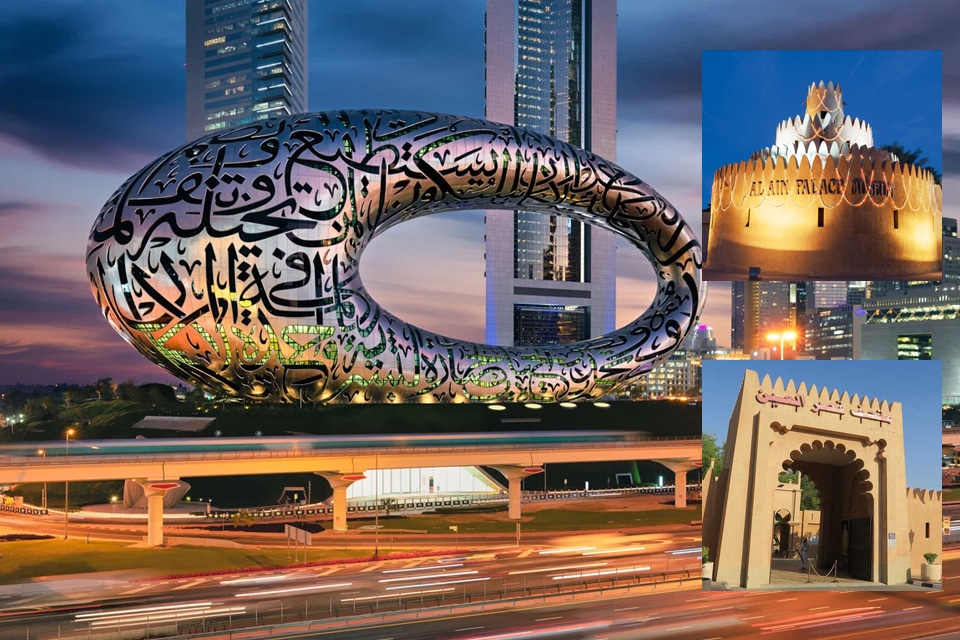The United Arab Emirates (UAE) had numerous Outstanding museums to visit. The top Best Museums in the UAE are, listed below in order of Popularity, Significance, and Cultural worth.
Louvre Abu Dhabi:
The Louvre Abu Dhabi is a Cooperation between the UAE and France and is located in Abu Dhabi. It houses a wide range of art and Artifacts from numerous nations and Civilizations.
The Louvre Museum in the United Arab Emirates is, known as the “Louvre Abu Dhabi.”
It is a Well-known Cultural Institution in Abu Dhabi, the capital of the United Arab Emirates. The UAE government Collaborated with France’s Louvre Museum in Paris to create the Best Museums.
On November 8, 2017, the Louvre Abu Dhabi opened its doors to the public, soon becoming a key Cultural icon in the region.
The Museum’s One-of-a-kind design, by Renowned Architect Jean Nouvel, includes a Gigantic dome that provides a “rain of light” effect, Wonderfully Illuminating the Galleries below.
Exhibits at the Louvre Abu Dhabi include paintings, Sculptures, Ddecorative arts, Manuscripts, and Historical objects. Among the Highlights are pieces by Leonardo da Vinci, Vincent van Gogh, and Pablo Picasso.
Location:
The Louvre Best Museums in the UAE, commonly known as the Louvre Abu Dhabi, is located on Saadiyat Island in Abu Dhabi, the UAE’s capital city.
Saadiyat Island is a Cultural zone with numerous World-class Best Museums, including the Louvre Abu Dhabi, which is one of the area’s primary Attractions.
The actual location of the Louvre Abu Dhabi is as follows:
Louvre Abu Dhabi Saadiyat Cultural District Abu Dhabi Saadiyat Island United Arab Emirates
Architecture & Design:
The Renowned French Architect Jean Nouvel created a masterpiece with the architecture of the Louvre Abu Dhabi, commonly known as the Louvre Best Museums in the United Arab Emirates.
The Structure’s design is an impressive mix of traditional Islamic Architectural traits with Cutting-edge elements.
It is a Visually Arresting building that stands out as a Recognizable Representation of Artistic expression and Cultural heritage.
Louvre Abu Dhabi’s main Features in design include:
The Floating Dome:
The massive Stainless-steel dome that seems to float above the museum complex is the most Noticeable and Recognizable aspect of the Museum’s architecture. This dome has a Circumference of around 180 meters (590 feet) and weighs about 7,500 tons.
It is a remarkable Engineering marvel, and its style was, Influenced by the “Mashrabiya,” a type of traditional Arabian building that Features Beautifully Patterned Latticework.
Rain of Light:
The Distinctive dome’s Latticework allows Sunlight to enter, producing what Architect Jean Nouvel called a “rain of light” impression.
The sunshine pours through the dome’s openings, creating a dynamic and Enthralling atmosphere as it casts Ever-Changing patterns of light and shadow on the Galleries below.
Geometric Patterns:
The Best Museums architecture plays with Geometric patterns and Incorporates Islamic Architectural motifs.
This may be seen in a few areas throughout the building, including the outside facades and the internal spaces, in addition to the lattice work on the dome.
Water Environment:
The Louvre Abu Dhabi is Situated next to the water, with a portion of the structure jutting out over the water.
By Incorporating water Features into the Museum’s environment, this design decision creates a calming and serene atmosphere.
Cultural District:
The Louvre Abu Dhabi’s architecture is linked to Saadiyat Island’s larger Cultural district.
The museum is a Component of a wider plan to Establish a Cultural hub that honors Creativity, art, and history and Involves other Top-tier Cultural organizations.
Modular Design:
The Best Museums floor plan is made to support numerous Exhibition rooms, giving Curators Flexibility in Selecting and Showcasing diverse types of artwork and Artifacts.
Overall, the design of the Louvre Abu Dhabi is a Testament to Innovative architecture that Seamlessly blends Cultural References from the past with Contemporary elements, creating a Timeless and Culturally rich experience for visitors from around the world.
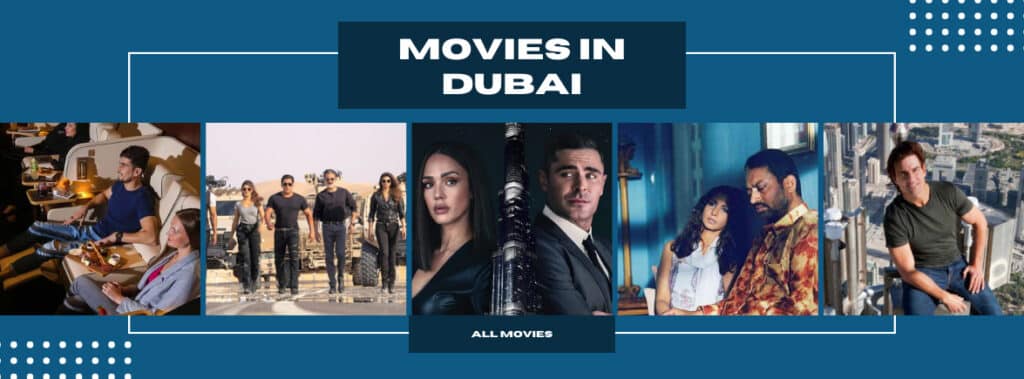
Sheikh Zayed Grand Museum:
While not a standard Best Museums , Abu Dhabi’s big mosque provides an Intriguing glimpse into Islamic architecture and culture.
When you go into Abu Dhabi’s Sheikh Zayed Grand Mosque, you’ll realize why it’s so extraordinary.
People from all walks of life gather here to admire the architecture and obtain a better understanding of religion and culture in the United Arab Emirates.
The Sheikh Zayed Grand Mosque is a significant Architectural marvel located in Abu Dhabi,
the capital city of the United Arab Emirates (UAE). It is one of the largest and most magnificent mosques in the world.
The mosque is named after Sheikh Zayed bin Sultan Al Nahyan, the founder and first President of the UAE, who passed away in 2004.
The Sheikh Zayed Grand Mosque’s main Characteristics are as follows:
Size:
The mosque is enormous, covering around 30 acres and Accommodating over 40,000 Worshippers at once.
Architecture:
The Mosque’s architecture is a blend of Persian, Mughal, and Moorish styles. It Features gorgeous floral motifs, Elaborate Marblework, and ornate writing.
It is Awe-inspiring because of the use of Pristine white marble and Elaborate Decorations.
Dome:
The Mosque’s main dome is one of its most Prominent Features. It is the world’s tallest mosque dome, rising 85 meters (279 feet) tall and 32.8 meters (107 feet) in Circumference.
Minarets:
The mosque contains four Minarets, each standing around 107 meters (351 ft) tall.
These Intricately designed Minarets serve as an Aesthetic focal point as well as prayer calling towers.
Courtyard:
The Mosque’s Spacious Courtyard is tiled with marble and includes Exquisite floral patterns.
It is Well-kept and provides enough space for Worshippers during important occasions and Friday prayers.
Carpet:
The prayer hall boasts one of the world’s largest Handmade carpets,
covering an area of 5,627 square meters (60,570 square feet).
It was crafted by around 1,200 Artisans and took Approximately two years to complete.
Interior:
The Mosque’s Interior is equally Intriguing. One of the world’s largest Handmade carpets covers the whole floor of the prayer hall.
The Mosque’s Chandeliers are also Noteworthy, containing Swarovski crystals and Gold-Plated Metalwork.
Open to Visitors:
The mosque is open to people of all religions and is one of the top tourist sites in the UAE. Visitors must dress Modestly, and ladies must cover their hair when entering the mosque.
Here are some of the best museums in the UAE:
- Louvre Abu Dhabi: Located on Saadiyat Island in Abu Dhabi, this iconic museum is a Collaboration between the governments of France and the UAE. It houses a vast collection of Artworks, Artifacts, and Historical objects from around the world, Spanning various Civilizations and time periods.
- Sheikh Zayed Grand Mosque Museum: Situated within the Premises of the Sheikh Zayed Grand Mosque in Abu Dhabi, this museum offers Insights into Islamic art, culture, and history. Visitors can explore exhibitions showcasing manuscripts, Calligraphy, Textiles, and other Islamic Artifacts.
- Dubai Museum: Housed in the historic Al Fahidi Fort, Dubai Museum offers a glimpse into the emirate’s past, highlighting its transformation from a fishing village to a modern metropolis. Exhibits include archaeological findings, traditional Emirati artifacts, and interactive displays depicting life in old Dubai.
- Sharjah Art Museum: As one of the leading art institutions in the region, Sharjah Art Museum hosts a diverse collection of contemporary and traditional artworks by local and international artists. The museum also organizes exhibitions, workshops, and cultural events to promote artistic exchange and creativity.
- Etihad Museum: Located in Dubai, Etihad Museum commemorates the founding of the UAE and celebrates its rich heritage and political history. Visitors can explore interactive exhibits, multimedia presentations, and archival materials documenting the nation’s journey towards independence and unity.
- Al Ain National Museum: Situated in the oasis city of Al Ain, this museum showcases the history and culture of the UAE’s eastern region. It features archaeological artifacts, ethnographic displays, and galleries highlighting the traditions, customs, and heritage of the local community.
- Alserkal Avenue: While not a traditional museum, Alserkal Avenue in Dubai is a vibrant arts and cultural district home to contemporary art galleries, studios, and creative spaces. Visitors can explore diverse exhibitions, attend cultural events, and engage with the thriving arts scene in the UAE.

Dubai Museum:
Situated in the historic Al Fahidi Fort in Dubai, this Best Museums showcases the city’s heritage and the transformation from a traditional fishing village to a modern metropolis.
The Dubai Museum is a popular cultural institution housed in the Al Fahidi Fort, one of the oldest structures in Dubai, United Arab Emirates.
The museum depicts the city’s evolution from a traditional fishing town to a metropolitan metropolis.
Exhibits, antiques, and interactive displays provide insights into Dubai’s history, traditions, and customs. It’s an excellent site to learn about the region’s rich cultural heritage.
History:
The Dubai Best Museums was built in 1787 and is one of the city’s oldest landmarks. The fort was originally built as a defensive fortress to safeguard the city from invasions and attacks.
Throughout its long history, the fort has served as a house for the ruling family,
a seat of government, and even a garrison.
The fort underwent substantial modifications in 1971 to become a museum. The Dubai Best Museums opened its doors on May 12, 1971, just a few months before the UAE got independence.
Since then, it has been one of Dubai’s main cultural attractions, providing both locals and tourists with an insight into the emirate’s history, traditions, and customs.
Culture of Dubai Museum:
The culture of the Dubai Best Museums exhibits the UAE’s rich heritage and traditions.
Here are some cultural aspects you can encounter at the Dubai Museum:
Architecture:
The Al Fahidi Fort, which houses the Dubai Best Museums, is a typical example of traditional Arabian architecture.
The fort’s design features massive walls composed of coral, stone, gypsum, and mud, demonstrating traditional building techniques.
Heritage & past:
The museum displays provide an in-depth look at Dubai’s past, demonstrating the city’s transition from a modest fishing hamlet to a modern global city.
Visitors can learn about the region’s history, including pearl diving, trade, and maritime history, through artifacts, dioramas, and interactive displays.
Lifestyle and Traditions:
The museum also emphasizes the Emirati people’s traditional lifestyle, customs, and cultural activities.
Exhibits featuring traditional clothing, jewelry, and household objects provide visitors with an insight into the daily life of the past.
Art & Crafts:
The Dubai Museum frequently presents art and craft exhibitions that highlight the abilities of local artists and artisans.
These shows highlight Emirati art forms like calligraphy, pottery, and weaving, which have been a part of the culture for decades.
Festivals & Celebrations:
The museum conducts events and exhibitions connected to key UAE festivals and celebrations such as National Day, Eid, and traditional folk festivals on a regular basis.
These events provide tourists with an immersive view of Emirati culture.
Overall, the Dubai Museum serves as a cultural hub where people can connect with the heritage and identity of Dubai and the UAE.
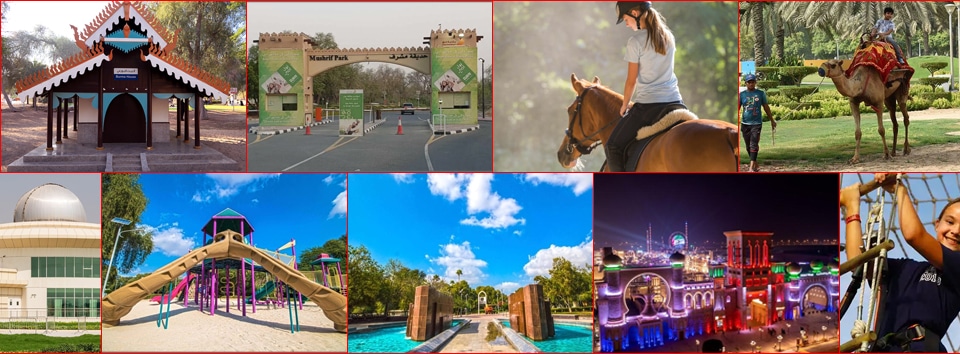
Sharjah Museum of Islamic Civilization:
This museum in Sharjah houses an impressive collection of Islamic art, calligraphy, manuscripts, and artifacts.
Sharjah Best Museums of Islamic Civilization is an intriguing cultural institution in Sharjah, United Arab Emirates. It exhibits the rich history and heritage of Islamic civilization through a broad collection of antiquities, manuscripts, and works of art.
Visitors can learn about numerous areas of Islamic culture, art, science, and achievements, making it an enriching
Experience for history buffs and anyone interested in learning about the contributions of the Islamic world.
If you plan to attend, expect to be immersed in the beauty and grandeur of Islamic history, as well as its presence on the global stage.
Culture:
The Sharjah Museum of Islamic Civilization is an important cultural institution that promotes and preserves Islamic culture.
The museum offers a comprehensive and informative look into the various aspects of Islamic civilization through its enormous collection of relics and exhibitions.
Islamic culture:
The museum exhibits different facets of Islamic culture, including art, calligraphy, architecture, science, literature, and daily life.
It provides visitors with a better understanding of the Islamic world’s historical accomplishments and contributions to numerous sectors.
Educational platform:
The museum functions as an educational platform, providing programs, workshops, and lectures to foster cross-cultural understanding and appreciation of Islamic culture.
It is critical in promoting communication and knowledge exchange among people from various backgrounds.
Overall, the Sharjah Best Museums of Islamic Civilization is an important cultural center that contributes to the preservation, celebration,
and sharing of Islamic culture’s richness and diversity with both local and worldwide audiences.
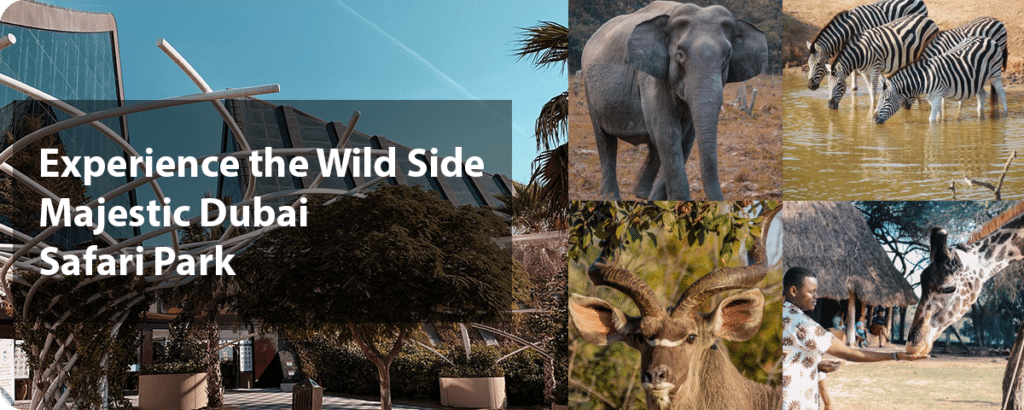
Etihad Museum:
Located in Dubai, this museum focuses on the history and founding of the UAE and offers an interactive and immersive experience.
The Etihad Museum is a historical institution in Dubai, United Arab Emirates. It depicts the history of the United Arab Emirates, notably the events surrounding the country’s creation in 1971.
The Best Museums includes interactive displays, multimedia presentations, and historical materials that help visitors understand the UAE’s political, social, and cultural growth.
Festival & Events:
Throughout the year, the Etihad Museum is known to organize a variety of cultural and educational activities. These could be some of the events:
National Day Celebrations:
To mark the UAE’s National Day, which comes on December 2nd each year, the museum may conduct special events and activities.
Cultural Festivals:
The museum may hold cultural festivals that highlight different parts of Emirati and regional cultures, such as traditional music, dance, art, and cuisine.
Art:
Temporary art exhibitions featuring works by local and international artists, showing many art forms and styles, could be held at the Best Museums.
Workshops & Lectures:
The museum may host educational workshops and lectures on issues relevant to the UAE’s history, culture, and legacy.
Heritage Events:
Celebrations of the UAE’s cultural heritage, such as traditional crafts, performances, and storytelling.
Culture & Art:
The Etihad Museum not only focuses on the political and historical aspects of the United Arab Emirates but also highlights its rich culture and art.
The museum celebrates the country’s heritage and showcases various forms of art and cultural expressions.
Within the museum, you can find exhibits that explore traditional Emirati arts, crafts, and cultural practices.
This includes displays of traditional clothing, jewelry, pottery, and handicrafts, which reflect the unique identity and artistic talents of the UAE’s people.
Overall, the Etihad Museum offers a well-rounded experience that combines history, culture, and art, giving visitors a comprehensive
Understanding of the United Arab Emirates’ journey from its past to the present.

Sharjah Art Museum:
This Sharjah Museum is a must-see for art fans, exhibiting both modern and traditional art from the region and beyond.
Sharjah Art Museum first opened its doors on April 17, 1997. Sharjah Art Museum is a cultural institution in Sharjah, United Arab Emirates.
It exhibits a varied collection of art from the region and around the world, including modern and traditional pieces.
To promote and support the arts in the region, the museum presents a variety of exhibitions, events, and educational activities.
Why should you go to the Museum?
This one-of-a-kind museum allows art enthusiasts and all visitors to view the museum’s art collections and temporary exhibitions. In addition, the museum allows visitors to engage in its programs and activities.
A beautiful, artistic, and creative universe:
This magnificent museum features exhibitions and permanent collections by well-known painters.
Explore the region’s history through the captivating masterpieces of local painters and Arab artists who have substantially enriched the Arab art landscape.
A variety of temporary exhibitions and art activities are held at the museum. Over 4000 titles in Arabic, English, and other languages, as well as visual and audio assets, are housed in the Art Library.
Exhibitions:
Permanent collections:
The Sharjah Art Museum’s fourth wing on the first level houses an enthralling collection of modern and contemporary Arab art.
The collection includes works by notable Middle Eastern artists such as Abdulqader Al Rais, Louay Kayali, Bashir Sinwar, Faiq Hassan, Mohammed Yusuf, and Ismail Fatah Al-Turk.
Local and international exhibitions:
Throughout the year, the museum building holds local and international exhibitions, cultural activities, and creative and educational seminars.
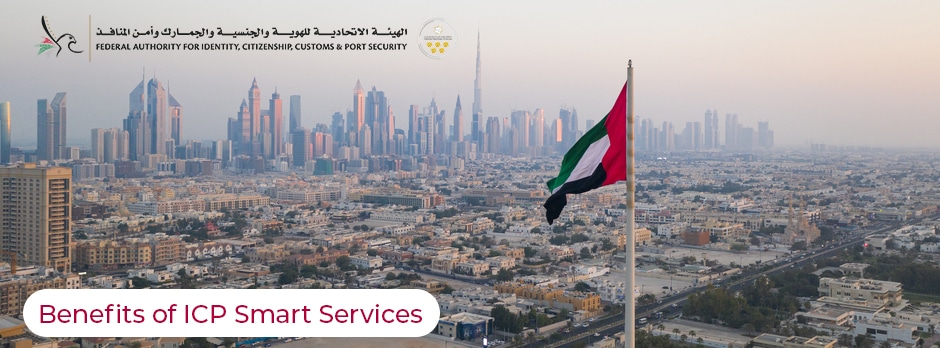
Al Ain National Museum:
Located in Al Ain, this museum includes information on the UAE’s history and legacy, as well as displays of archaeological artifacts.
The Al Ain National Museum is a cultural and historical museum in the UAE city of Al Ain.
It highlights the region’s rich legacy and customs, providing insights into the history, lifestyle, and artifacts of the local communities.
The museum is a fantastic place to learn about the UAE’s history and the way of life of its people.
Tour & sightseeing:
When you visit the Al Ain National Museum, you will most likely encounter galleries and exhibits that highlight the UAE’s and the Al Ain region’s historical, cultural, and archaeological legacy. Some of the significant highlights could be:
Archaeological objects:
The museum houses a large collection of artifacts from the region’s ancient past, such as pottery, utensils, and other things from various historical periods.
Ethnographic displays:
Exhibits depicting the traditional Bedouin way of life, including customs, clothes, and daily routines, may be available.
Heritage exhibits:
Learn about the region’s historical significance, such as its function as an oasis and its historical connections to trade routes.
Traditional crafts and arts:
Exhibits showing traditional crafts and artworks may be featured at the museum, providing insight into the artistic heritage of the local communities.
Educational exhibits:
Interactive displays and multimedia installations could provide educational insights into Al Ain’s culture and history.
Luxury & Special occasion:
In a variety of ways, the Al Ain National Museum may provide guests with a magnificent and special occasion experience. Here are some suggestions:
Private Tour Guide:
Arrange for a private guided tour of the museum, where an expert guide will take you through the exhibits and provide personalized insights into the region’s history and culture.
Vip Access:
Inquire if the museum offers VIP access or exclusive experiences that provide you with extra benefits during your stay.
Events:
Check to see if the museum conducts exclusive events or private receptions for a special occasion, such as a birthday party or a private gathering.
Cultural Performances:
Inquire about the possibility of organizing traditional cultural performances or demonstrations within the museum premises for a more immersive experience.
Al Ain National Museum, it’s best to reach out to their management or events team directly to discuss your requirements and explore the available options.
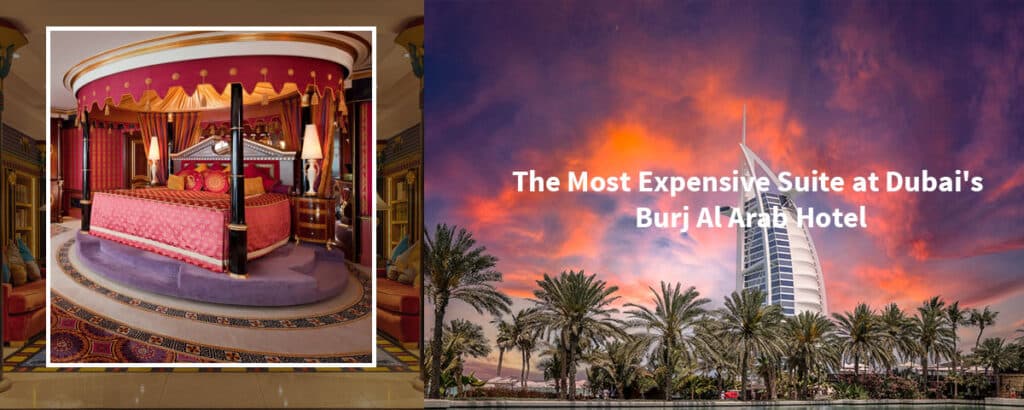
Alserkal Avenue:
While there is no single museum in this vibrant art area in Dubai, it is home to numerous contemporary art galleries and cultural spaces, making it a cultural hub.
Alserkal Avenue is an internationally recognized arts and cultural neighborhood in Dubai, United Arab Emirates.
It is a center for modern art, design, and innovation, with a plethora of galleries, art spaces, and cultural institutions.
The neighborhood is well-known for its thriving art scene, which hosts exhibitions, workshops, and events that draw both local and international artists and art fans.
It’s a must-see for everyone interested in discovering Dubai’s art and culture.
The attraction of Alserkal Avenue:
Alserkal Avenue has a wide choice of attractions for art and culture fans.
Among the main attractions are:
Art Galleries:
The avenue is home to a number of art galleries that display modern art by both local and foreign artists. Visitors can discover a diverse range of artistic expressions and genres.
Cultural Events:
Alserkal Avenue holds a variety of cultural events, art exhibitions, and performances on a regular basis, making it a vibrant area for creative gatherings and the promotion of artistic discussion.
Design studio:
It has design studios and creative areas that showcase new designs, furniture, and other artistic products.
Art pieces:
The avenue frequently has temporary art pieces that contribute to its distinct and ever-changing ambiance.
Workshops & seminars:
There are workshops, seminars, and educational events where visitors can interact with artists and makers while learning about their work and creative processes.
Cafes & Restaurants:
After exploring the art galleries, the avenue features a number of trendy cafes and restaurants where you can relax and enjoy wonderful cuisine and beverages.
Film Screenings:
The avenue occasionally organizes film screenings, which adds another layer of inventiveness to the cultural experience.
Overall, Alserkal Avenue is a bright and dynamic place for everyone in Dubai who is interested in contemporary art, design, and cultural expression.
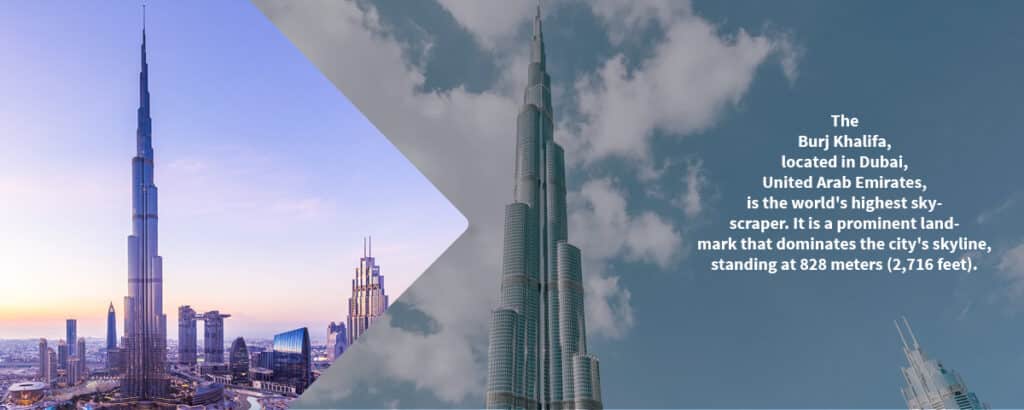
Abu Dhabi Falcon Hospital:
A unique destination to learn about the traditional sport of falconry, the hospital offers tours and insights into the history and care of these majestic birds.
The Abu Dhabi Falcon Hospital is a specialized institution dedicated to the care and treatment of falcons in Abu Dhabi, United Arab Emirates.
It is one of the world’s largest falcon hospitals, providing a variety of medical services for these gorgeous birds such as check-ups, operations, and rehabilitation.
The hospital is critical to the preservation of the traditional sport of falconry as well as the cultural value of falcons in the UAE.
Description:
The Abu Dhabi Falcon Hospital is an exceptional and specialized medical center in Abu Dhabi, United Arab Emirates.
It is totally dedicated to falcon care, treatment, and conservation, reflecting the cultural significance of these magnificent birds in the UAE.
The architecture and design of the hospital are modern and friendly, creating a comfortable and stress-free atmosphere for both the falcons and their owners.
The facility is outfitted with cutting-edge equipment and technology, allowing its expert team of veterinarians and personnel to provide the finest level of avian healthcare.
The hospital’s rehabilitation facility gives adequate space for falcons to heal and rebuild strength following treatments or procedures. Throughout their stay, the birds are fed and cared for by a devoted team of professionals.
In addition to providing medical care, the hospital is vital in educating the public about falcons, falconry traditions, and the importance of these birds in Emirati culture.
It provides guided tours and educational activities for visitors in order to raise awareness and support conservation initiatives.
History:
His Highness Sheikh Zayed bin Sultan Al Nahyan, the founding father of the United Arab Emirates, created the Abu Dhabi Falcon Hospital in 1999.
The hospital was established with the goal of providing world-class medical care and treatment for falcons,
which have significant cultural and historical significance in the UAE, particularly in the sport of falconry.
The hospital immediately garnered notoriety and rose to prominence as a prominent center for bird treatment, specializing solely in falcons. It has played an important role in conserving and spreading falconry traditions in the region over the years, as well as conducting research and helping to the protection of falcon species.
Animal shelters:
The Abu Dhabi Falcon Hospital specialized in falcon care and therapy. There was no indication of it being used as an animal shelter for other animals.
The hospital’s primary aim was to offer specialist medical care for falcons, to support falconry traditions, and to contribute to falcon species conservation.
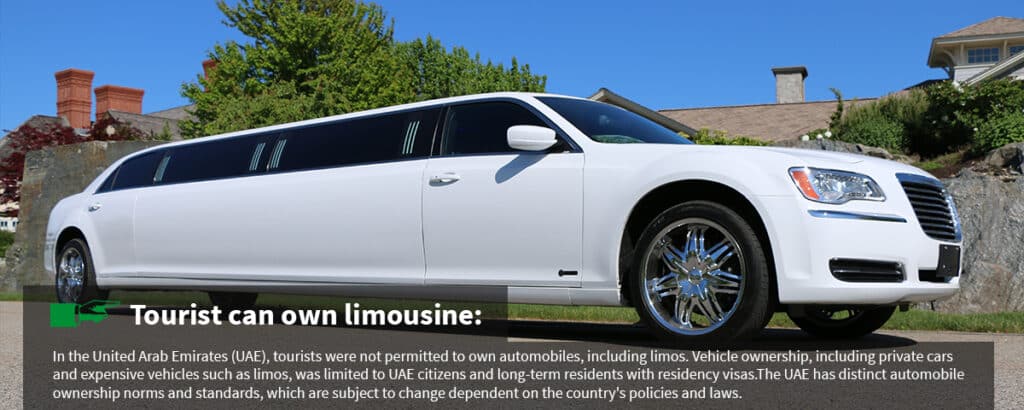
Al Mahatta Museum:
Located in Sharjah, this museum is housed in the region’s first airport and offers a glimpse into the development of aviation in the UAE.
Al Mahatta Museum is an aviation museum located in Sharjah, United Arab Emirates. It is housed in the former Sharjah International Airport, which was the region’s first airport and played a significant role in the history of aviation in the UAE.
The museum showcases the development of aviation in the region and preserves the historical significance of the airport. It’s a great place to learn about the early days of aviation in the Gulf region.
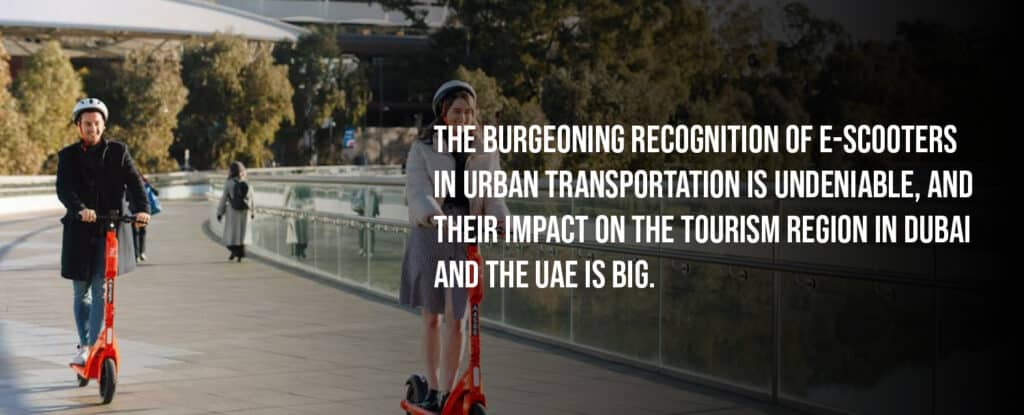
FAQ’S
The Al Ain Museum:
This lovely museum that portrays the narrative of the UAE’s ancient history will captivate history aficionados.
This is the UAE’s oldest museum, founded in 1969 under the guidance of Sheikh Zayed bin Sultan Al Nahyan, the UAE’s founder and lovingly known as “Father of the Nation.”
The Museum of Islamic Art, originally known as the Museum of Arab Art (1881-1952), is a museum in Cairo that is one of the largest in the world dedicated to Islamic art and artifacts.
The museum was created in 1881, and its collection ranges from the 7th-century Umayyad dynasty to the Ottoman Empire of the 19th century.
It was the region’s first airport, established in 1932, and has since been converted into a museum illustrating the history of flight in the UAE and the region.
It is a significant monument because of its unique treasures that tell the narrative of aviation from man’s first attempts to fly through the first lunar landing.
Conclusion
Each emirate has its own unique museum. If you want to widen your cultural horizons while in Dubai, these Best Museums are the place to go.
